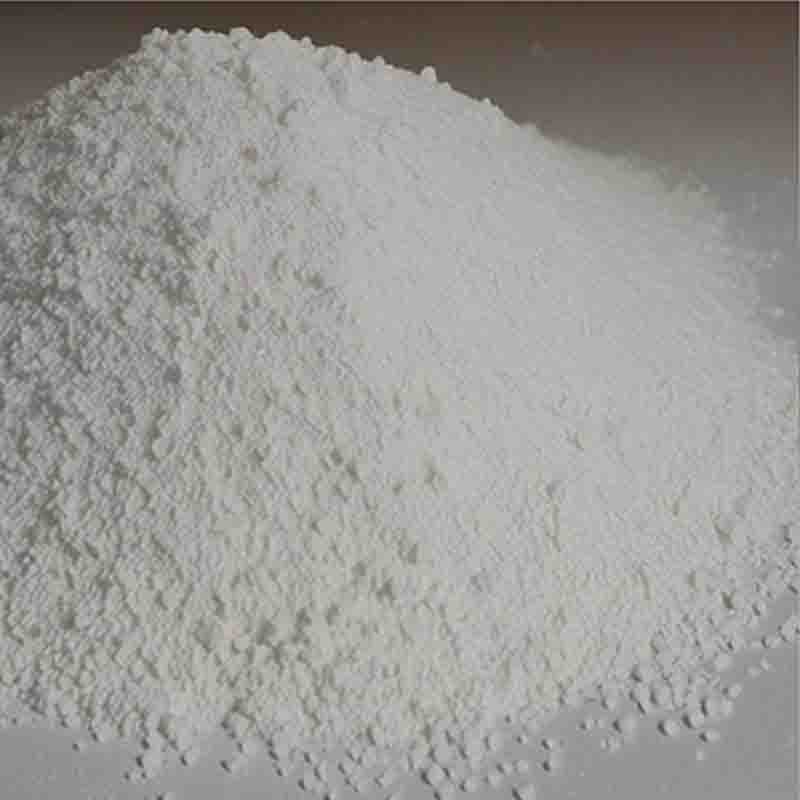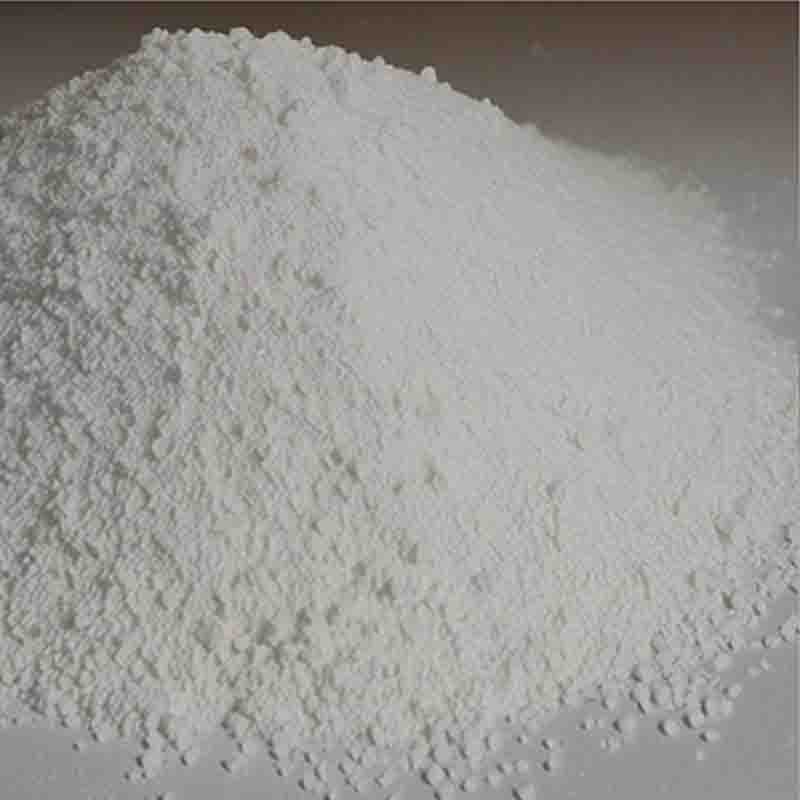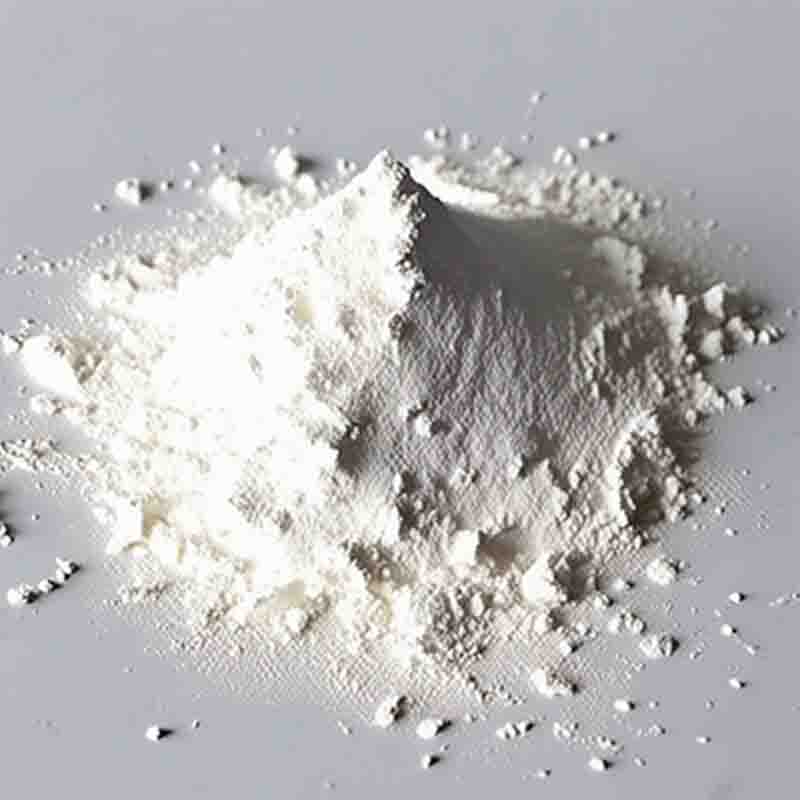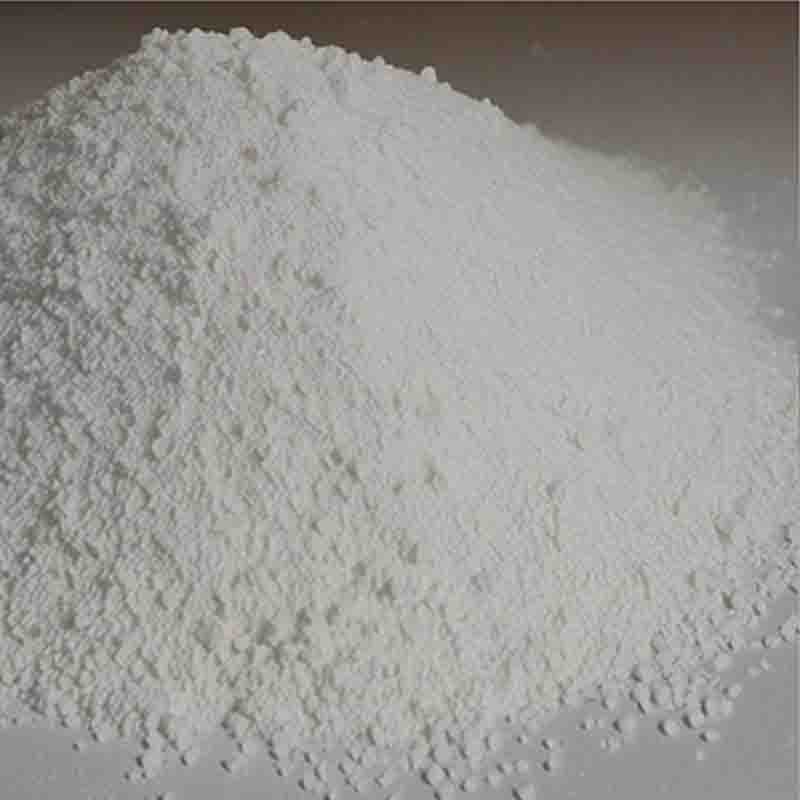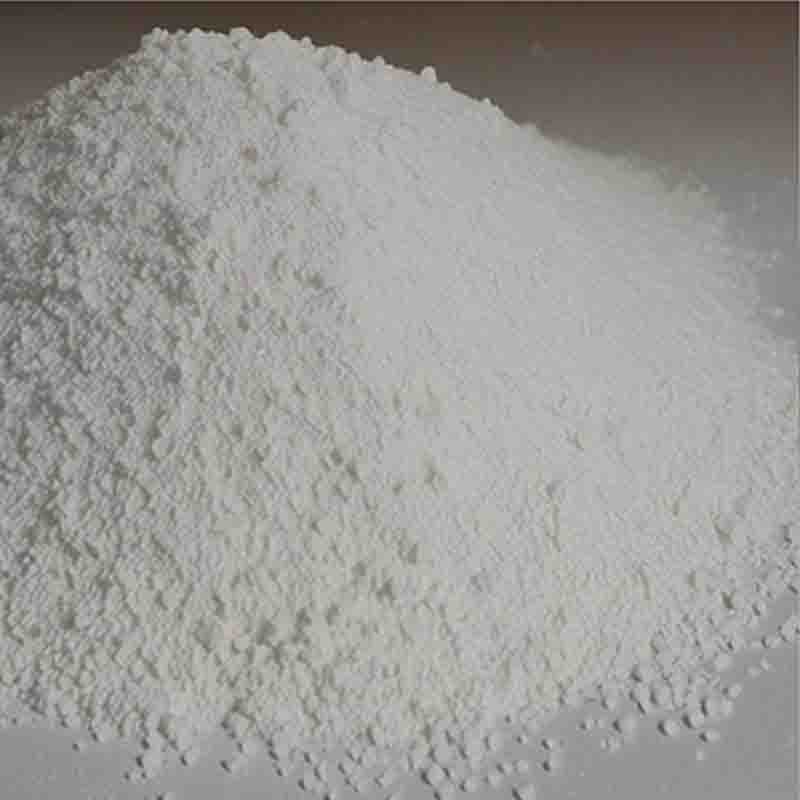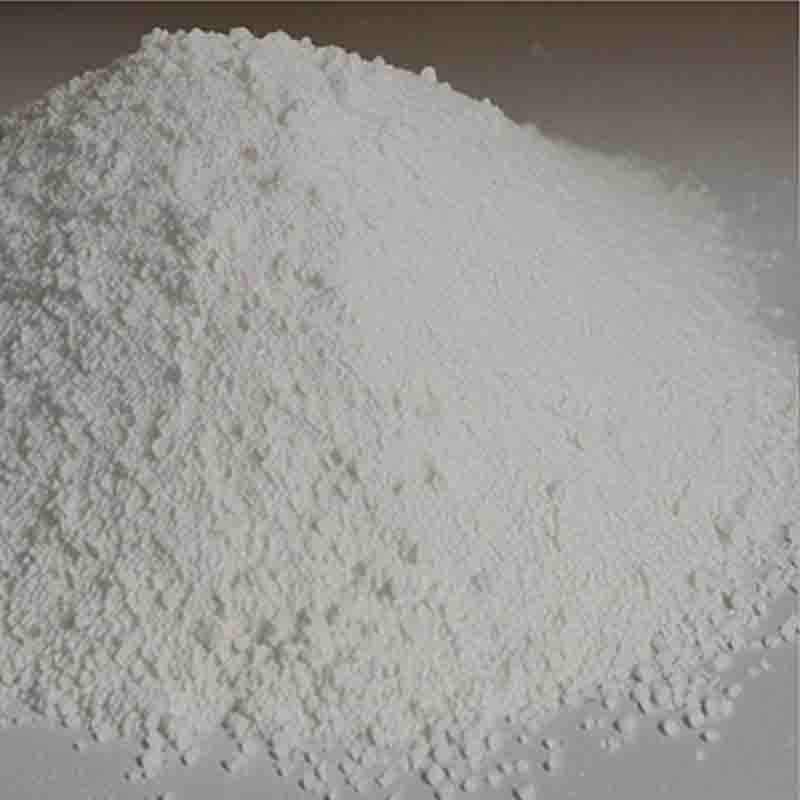2-(4-Dihydroxyborane)phenyl-4-carboxy-6-methylquinoline CAS:100124-06-9
| Catalog Number | XD96065 |
| Product Name | 2-(4-Dihydroxyborane)phenyl-4-carboxy-6-methylquinoline |
| CAS | 100124-06-9 |
| Molecular Formula | C12H9BO3 |
| Molecular Weight | 212.01 |
| Storage Details | Ambient |
Product Specification
| Appearance | White powder |
| Assay | 99% min |
2-(4-Dihydroxyborane)phenyl-4-carboxy-6-methylquinoline is a complex compound with a unique molecular structure. This compound belongs to the family of quinoline derivatives, which have been extensively studied due to their diverse biological activities.One of the potential effects of 2-(4-Dihydroxyborane)phenyl-4-carboxy-6-methylquinoline is its antimicrobial activity. Quinoline derivatives have been investigated for their ability to combat various microbial infections. They have exhibited antibacterial, antiviral, and antifungal properties against a wide range of pathogens. The presence of a borane functional group in this compound may further enhance its antimicrobial effects. Boranes have been shown to have potent antimicrobial activity by disrupting the integrity of microbial cell membranes. This suggests that 2-(4-Dihydroxyborane)phenyl-4-carboxy-6-methylquinoline could be a promising candidate for the development of new antimicrobial agents.Furthermore, quinoline derivatives have been studied for their potential anticancer effects. Cancer cells exhibit abnormal cell proliferation and evasion of apoptosis, and quinoline derivatives have shown promise in targeting and inhibiting these processes. The unique structural features of 2-(4-Dihydroxyborane)phenyl-4-carboxy-6-methylquinoline may contribute to its anticancer properties. Boron-containing compounds like borane derivatives have been investigated for their ability to selectively accumulate in tumor tissues. This selective accumulation can enhance the efficacy of anticancer treatments while minimizing side effects on healthy tissues.Another potential effect of 2-(4-Dihydroxyborane)phenyl-4-carboxy-6-methylquinoline is its antioxidant activity. Oxidative stress caused by an imbalance between reactive oxygen species and antioxidants has been implicated in various diseases, including neurodegenerative disorders, cardiovascular diseases, and cancer. Quinoline derivatives have been studied for their ability to scavenge free radicals and protect against oxidative damage. The presence of a borane functional group in 2-(4-Dihydroxyborane)phenyl-4-carboxy-6-methylquinoline may enhance its antioxidant properties, making it a potential candidate for the development of therapeutic interventions targeting oxidative stress-related diseases.In conclusion, 2-(4-Dihydroxyborane)phenyl-4-carboxy-6-methylquinoline exhibits potential effects in antimicrobial activity, anticancer activity, and antioxidant activity. However, further research and experimental studies are required to fully understand and validate these effects and explore the compound's potential applications in medicine and other relevant fields.


